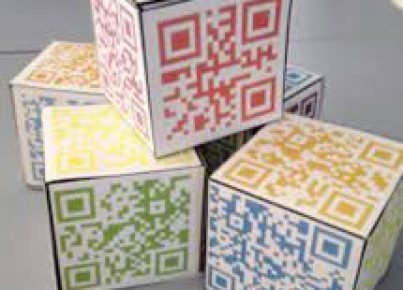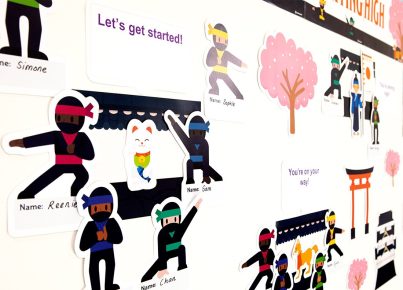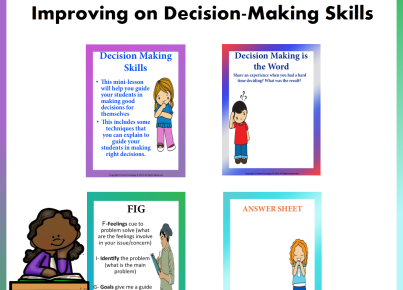In the ever-evolving landscape of education, free teaching resources have become an indispensable asset for educators around the globe. With budget constraints and the continuous need to innovate and engage students, teachers are frequently seeking out new materials and tools that can enhance the learning experience without incurring additional costs.
The proliferation of open educational resources (OER) has been a game-changer. OERs are freely accessible, openly licensed text, media, and other digital assets that are useful for teaching, learning, and assessing as well as for research purposes. This means that educators can adapt and distribute teaching materials without any legal or financial barriers, fostering an environment of collaboration and sharing among educators.
One exceptional example of free teaching resources is the Khan Academy. Offering practice exercises, instructional videos, and a personalized learning dashboard, Khan Academy allows learners to study at their own pace inside and outside of the classroom. Moreover, it covers a wide range of subjects from mathematics to humanities.
For language arts educators, websites like Project Gutenberg provide countless classic texts without charge. With access to thousands of books in the public domain, teachers and students can explore the works of great writers and thinkers from different eras.
For interactive learning experiences, platforms such as Quizlet enable teachers to create study sets with flashcards, games, and tests to assist students in mastering various topics while making learning fun.
Another vital resource is Google Classroom, which integrates with other free Google services such as Google Docs and Google Drive. This allows for seamless collaboration between students and teachers—and all one needs is a free Google account.
Teachers Pay Teachers (TpT) also deserves mention; although not all resources here are free, there is a substantial “Free Downloads” section where educators share quality materials without expecting payment. This peer-to-peer sharing economy in education nurtures a supportive community where educators elevate one another.
Science teachers might gravitate towards PhET Interactive Simulations provided by the University of Colorado Boulder. These simulations allow for dynamic engagement with science concepts across physics, chemistry, biology, earth science, and math at various grade levels.
PBS LearningMedia stands out for its wide range of subject-specific resources that are not only age-appropriate but also culturally relevant and aligned with curricular standards globally. The collection includes videos, interactive lessons, and full lesson plans.
Lastly, for educators in need of comprehensive curriculum guides or lesson planning frameworks, platforms like Share My Lesson offer well-structured plans mapped according to skills and content standards.
These aforementioned resources represent just a handful of what’s available online at no cost. By leveraging such tools effectively, educators can greatly enrich their curriculum without straining their budgets—a win for teachers and learners alike. Free teaching resources thus effectively support educational equity by making high-quality learning material accessible to all students regardless of socioeconomic status. As more teachers discover and contribute to these treasures troves of educational content online, students everywhere stand to benefit from richer learning experiences crafted from these shared innovations.





